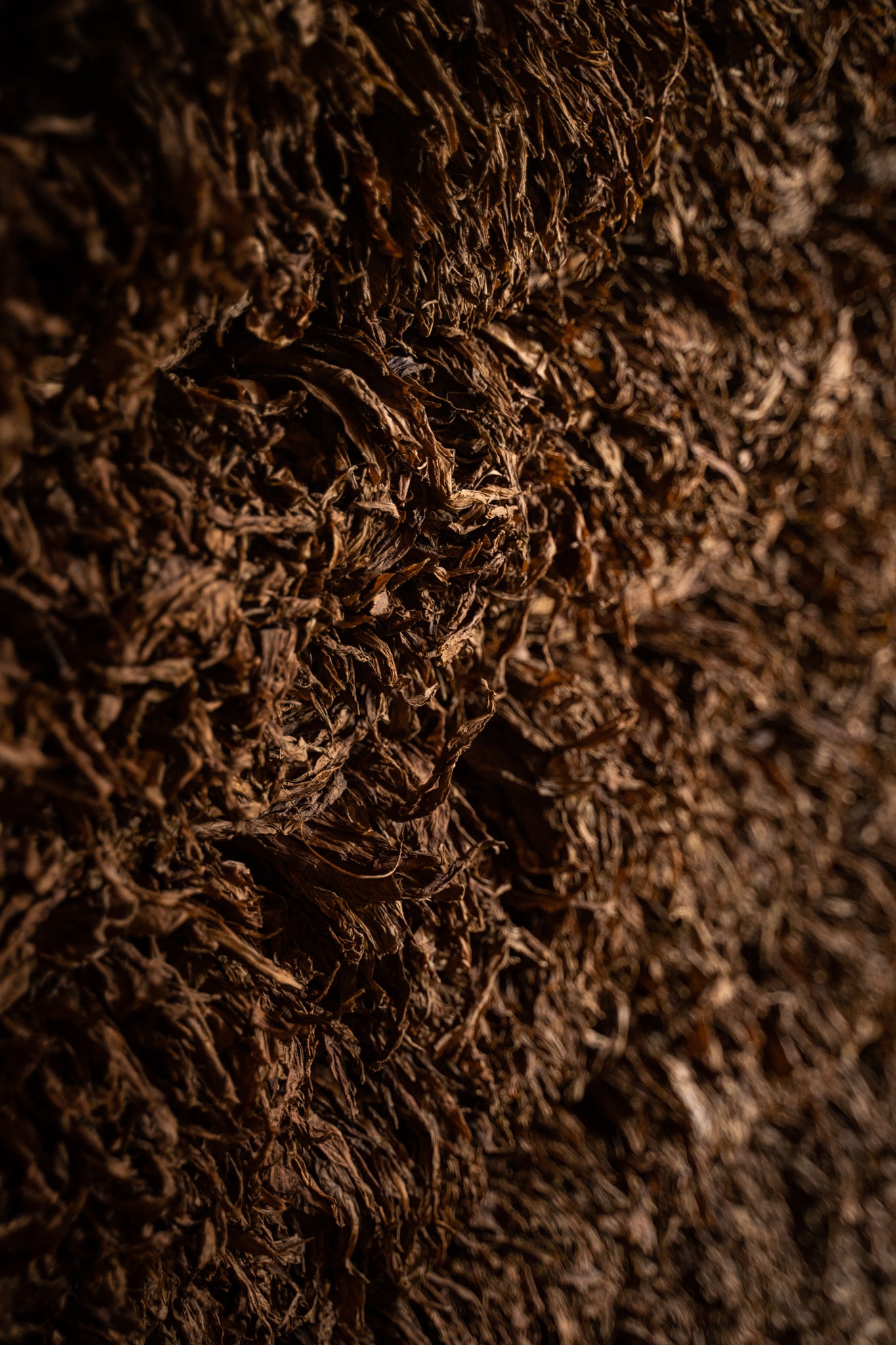Pour beaucoup, le terme tabac est toujours lié à la cigarette et à ses connotations négatives, principalement dues à des problèmes de santé. Cependant, lorsque l’on considère le tabac dans sa forme la plus pure, l’histoire est bien plus complexe. Au-delà des associations nocives des produits du tabac commercialisés, la plante biologique a une riche histoire en tant que guérisseuse et outil de pratique spirituelle. Comprendre les propriétés anciennes du tabac nous permet de le voir sous un tout nouveau jour, qui transcende les idées fausses modernes.


Depuis des générations, les communautés autochtones d’Amérique du Sud reconnaissent le tabac comme une plante puissante ayant une signification médicinale et cérémonielle. Il était utilisé non seulement à des fins récréatives, mais également à des fins de guérison et de connexion spirituelle. Bien avant d’être associé à la dépendance ou aux profits de l’industrie du tabac, le tabac était vénéré pour ses propriétés antiseptiques et sédatives. Les cultures anciennes utilisaient le tabac dans les rituels, comme médicament et même dans le commerce, car il était très apprécié aux côtés de produits précieux comme les épices, le thé, les fourrures et la soie le long des routes historiques de la soie.

Dans les Caraïbes, le peuple Taíno, qui habitait Cuba, Porto Rico et la République dominicaine, a été parmi les premiers à fumer régulièrement du tabac. Pour eux, cela faisait partie de la vie quotidienne, que ce soit pour des raisons sociales ou cérémonielles. La pratique du tabac est profondément liée aux origines du mot « cigare », qui vient du terme maya sikar. Ce terme était utilisé pour désigner leurs rituels sacrés de tabagisme, soulignant la place du tabac dans les pratiques religieuses et spirituelles.


La première rencontre européenne avec le tabac a eu lieu grâce au célèbre explorateur Christophe Colomb, qui a documenté la pratique indigène consistant à inhaler la fumée de feuilles roulées remplies d'herbes sèches. L'historien espagnol Bartolomé de las Casas a noté ce rituel dans ses écrits, décrivant comment les autochtones inhalaient de la fumée pour soulager la fatigue et entrer dans un état méditatif ou euphorique. Cette première forme de consommation de tabac était très éloignée des cigarettes produites en masse d’aujourd’hui, offrant une expérience naturelle, presque médicinale.

Même si le tabac, comme toute autre chose, peut avoir des effets nocifs en cas de surconsommation, ses utilisations historiques et médicinales démontrent qu’il n’est pas mauvais en soi. En fait, il existe plus de soixante espèces de tabac, dont la majorité est originaire d’Amérique du Sud. Seule une petite poignée d’entre eux contiennent suffisamment de nicotine pour avoir un effet sur l’être humain. Le tabac utilisé dans les cigares, par exemple, est souvent bien plus pur et naturel que les cigarettes chargées d'additifs actuellement disponibles sur le marché.



Les cigares modernes sont fabriqués à partir de seulement trois composants : la liant, la tripe et la cape, fabriqués à partir de feuilles de tabac séchées et fermentées. Cette pureté est plus proche de l’ancien sikar que des produits du tabac fortement transformés d’aujourd’hui. L'industrie du cigare, souvent injustement regroupée avec d'autres formes de tabagisme, offre une expérience plus naturelle et non filtrée, qui rappelle les racines anciennes et sacrées du tabac.

Lorsqu'ils sont consommés avec modération, les cigares offrent une qualité cérémoniale qui nous relie au passé, nous permettant d'apprécier les anciens usages du tabac d'une manière plus consciente et intentionnelle. Tout comme les peuples autochtones des Amériques se tournaient autrefois vers le tabac pour ses propriétés curatives et spirituelles, nous pouvons aujourd’hui choisir d’honorer cette tradition, en comprenant le riche héritage de la plante et en bénéficiant de sa forme naturelle et intacte.


En fin de compte, la connaissance, c'est le pouvoir. Plus nous comprenons l’histoire du tabac et sa véritable nature, mieux nous sommes équipés pour distinguer les faits des idées fausses. L’héritage du tabac en tant qu’outil de guérison et d’outil cérémonial fait partie d’une riche tradition qui peut aider à redéfinir la façon dont nous percevons cette plante ancienne. Plutôt que d’être considéré comme une substance intrinsèquement nocive, le tabac, lorsqu’il est utilisé de manière réfléchie, offre un aperçu des rituels et des pratiques de ceux qui le vénéraient comme guérisseur mystique.



